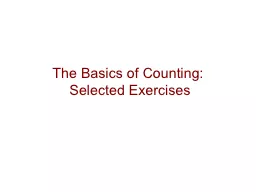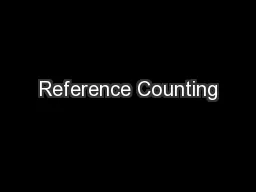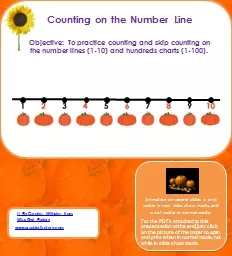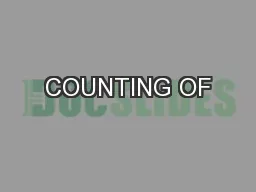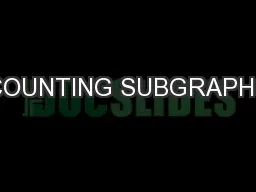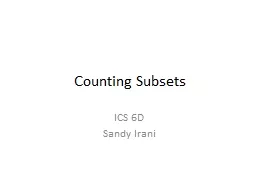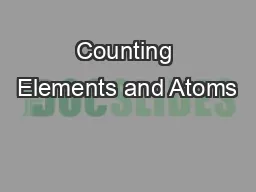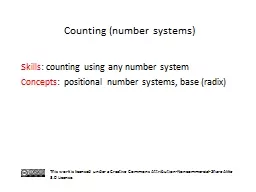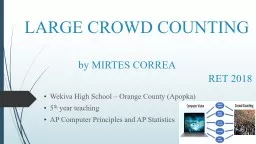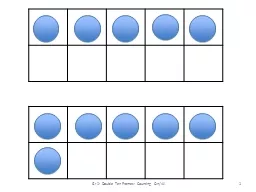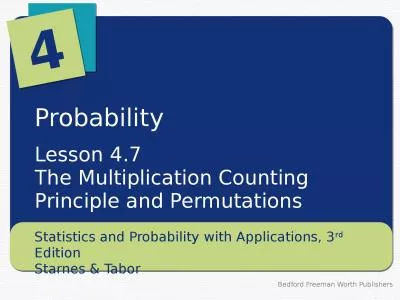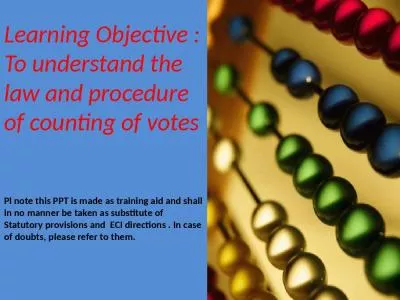PPT-The Basics of Counting: Selected Exercises
Author : karlyn-bohler | Published Date : 2018-02-27
Copyright Peter Cappello 2 Sum Rule Example There are 3 sizes of pink shirts amp 7 sizes of blue shirts How many types of shirts are there if a shirt type is
Presentation Embed Code
Download Presentation
Download Presentation The PPT/PDF document "The Basics of Counting: Selected Exerci..." is the property of its rightful owner. Permission is granted to download and print the materials on this website for personal, non-commercial use only, and to display it on your personal computer provided you do not modify the materials and that you retain all copyright notices contained in the materials. By downloading content from our website, you accept the terms of this agreement.
The Basics of Counting: Selected Exercises: Transcript
Download Rules Of Document
"The Basics of Counting: Selected Exercises"The content belongs to its owner. You may download and print it for personal use, without modification, and keep all copyright notices. By downloading, you agree to these terms.
Related Documents

